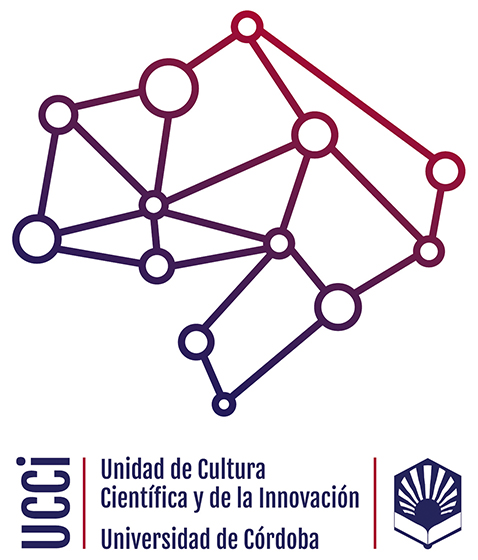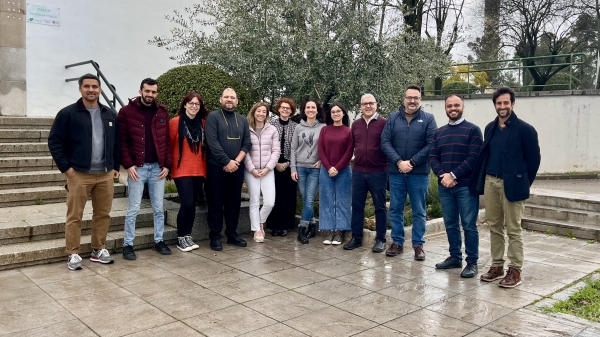A team at the University of Córdoba is researching new ways to contain Xylella fastidiosa outbreaks in olive trees using entomopathogenic fungi—fungi that naturally infect the insect vectors responsible for spreading the disease.
This research is part of the European project BEXYL –beyond Xylella–, a global consortium of 31 research teams led by the Institute of Sustainable Agriculture at CSIC. The project's aim is to improve containment and prevention strategies against Xylella fastidiosa, a pathogen for which no cure currently exists and which poses a serious threat to Mediterranean agriculture.
Since 2013, the European Union has enforced mandatory quarantine, containment, and eradication measures to control the spread of Xylella fastidiosa. Without such measures, it’s estimated that the disease could cause annual losses of up to €5.5 billion and endanger 300,000 jobs linked to the cultivation of olives, almonds, citrus fruits, and grapes.
Thanks to these preventive strategies, the current incidence of Xylella remains low. The largest outbreak to date occurred in 2013 in Puglia, southern Italy. “These were low-intensity management olive groves,” notes Enrique Quesada Moraga, a researcher involved in the study and head of the Agricultural
Entomology research group at the University of Córdoba, referring to widely circulated images from the affected Italian region.
In Spain, the impact has been much smaller. “There really hasn't been an economic impact here,” Quesada explains. “In Spain, the crop where it's appearing most is almonds,” he adds. “The pauca subspecies, which causes rapid decline in olive trees in southern Italy, has only been found in Mallorca, in a small area of wild olive trees,” he clarifies.
However, the preventive and control measures can still significantly affect farmers. Currently, there are no effective phytosanitary treatments once infection occurs. This means containment and eradication strategies are necessary, which involve uprooting infected trees and placing large portions of cultivated land under quarantine. The UCO team is also studying the ecological and economic impact of these quarantine measures.
As part of the BEXYL project, various national and international research groups are working on alternative control and containment strategies, such as breeding plant variants resistant to the pathogen or using biopesticides based on entomopathogenic microorganisms to target the disease’s insect vectors—precisely the approach pursued by the UCO team.
In addition, the aim is to develop strategies that are both sustainable and effective in the context of climate change, while also being compatible with practices promoted by the European Green Deal and Common Agricultural Policy (CAP) subsidies.
For instance, in olive cultivation, current policies promote the use of cover crops during part of the year to reduce the carbon footprint and prevent soil erosion. In the unfortunate event that Xylella fastidiosa were to spread to Spanish olive groves, it would be necessary to select cover crops that do not favor the insects responsible for transmitting the pathogen.
“It’s a complicated balance,” Quesada points out. “These insects live and lay eggs in the cover crops,” he explains. “We need to implement a range of measures and identify which types of cover crops are more harmful to the vectors.”
To address this, the UCO research team is investigating the use of entomopathogenic fungi, which can infect and kill insects, to reduce vector populations in crops and cover crops—potentially even disrupting the insects’ ability to transmit Xylella fastidiosa.
“We’re looking for entomopathogenic microorganisms within the olive grove itself—in the soil, on the leaves of the crop, and in the surrounding wild flora,” Quesada says. “We want to harness the olive grove’s ecosystem services to manage the vectors—in other words, implement biological control.”
The project has just passed its halfway point and so far, this new strategy is showing promising results. Up to now, it has only been tested in the lab using molecular and bioassay techniques. Starting next year, field trials will begin in affected groves in Puglia, Italy.
“We have to concentrate our research efforts in spring and summer,” Quesada notes, “since these insects can’t be reared under lab conditions.
This report is included in the activities carried out in the project "Desarrollo de redes de asesoramiento y gestión de proyectos europeos I+D+i en la UCO" with acronym "DevelOPE", within the framework of grant GPE2023-001243-P financed by MICIU/AEI/10.13039/50110001103.


